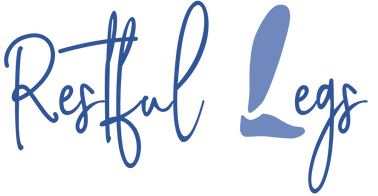

Tactile Stimulation
Tactile stimulation includes a range of treatments including massage, compression, and vibration. We encourage you to try different types of stimuli until you find one that works for you. More information about the specific modalities of tactile stimulations is provided below. For suggested tactile treatment options scroll to the bottom of the page.
Compression
While the exact cause of RLS is still being debated, some researchers believe low oxygen levels in the limbs may be the root of the problem. If this is true, they suspect muscle contractions, which increase circulation, are the body's response to the problem. Compression is thought to increase local circulation and decrease subclinical local ischemia (subclinical local ischemia = slight restriction in blood supply to the surrounding tissues). This results in relief of symptoms as the compression provides an alternative counteraction to the deficient blood flow and oxygen levels in the affected limbs. Some available devices for compression therapy are listed below.
Vibration
Similar to compression, vibration aims to increase oxygen supply to the affected limbs. There are a few different theories as to how vibration does this. One idea is that vibration increases body temperature which leads to an increase in blood flow and an increase in oxygen release from myoglobin and hemoglobin. Another suggests vibration causes endothelial shear stress which produces nitric oxide (NO). NO is a known vasodilator (widens blood vessels) meaning it will increase blood and oxygen flow to the limbs. Others suggest vibration does not actually relieve symptoms, but rather provides a counterstimulation that overrides the uncomfortable sensations in the limbs. This gives patients relief similar to if they were moving their legs while allowing them to lie down. Regardless of the modality, several studies have shown vibrational therapies provide symptom relief in many patients and significantly improve sleep.







